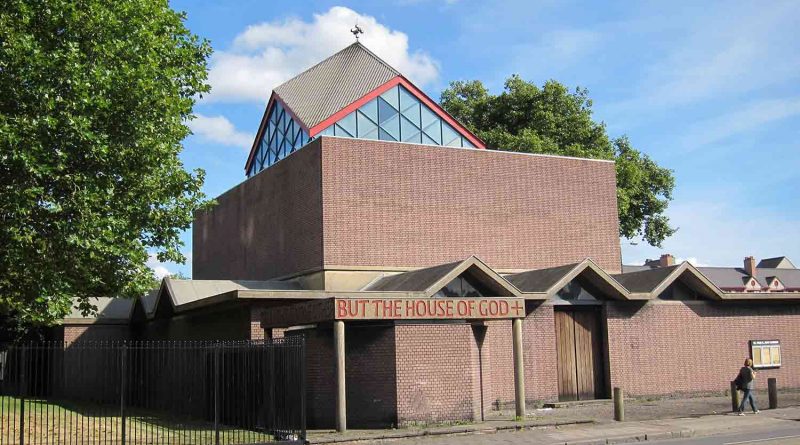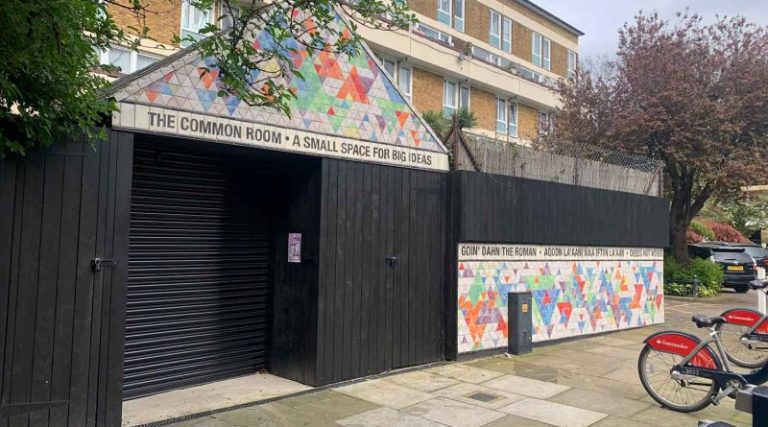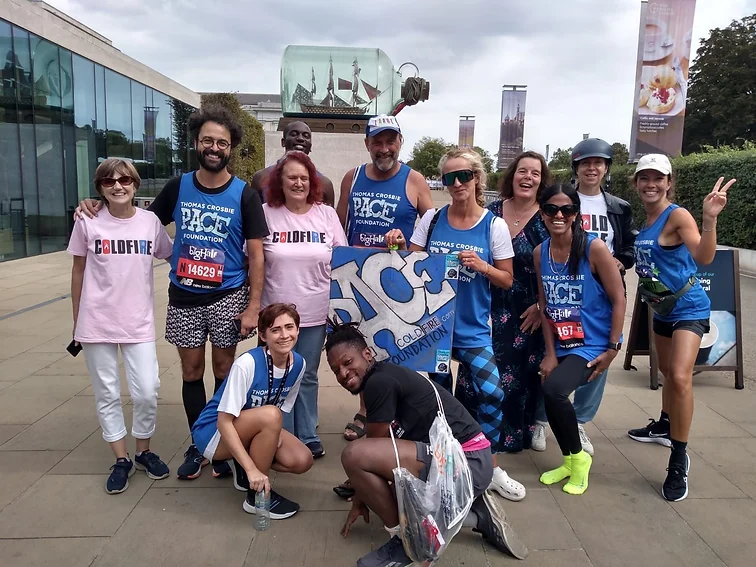The history of St. Paul’s Bow Common brutalist Church
Breaking the mould: how Bow’s modernist church championed active participation of the people and changed the manner of worship in the post-war era.
Not to be confused with St. Paul’s Old Ford on St. Stephen’s Road, St. Paul’s Bow Common Church sits opposite Mile End Park, found at the junction of St. Paul’s Way and Burdett Road.
Not immediately recognisable as a place of worship, construction of the modern church started in 1958, a century after the original lofty Victorian Gothic church was built in 1858.
A far cry from the great spire and stained glass window of the historic church, the modern version’s brutalist architecture is a unique feature of Bow’s urban landscape. Now a Grade II listed building, it won an award in 2013 for being the best Modern Church built in the UK since 1953.
The original church building was designed by Rohde Hawkins in 1858 and financed by William Cotton of Leytonstone. Consecrated by Bishop Charles James Blomfield, the church played a central role in the community during World War II, providing food and shelter to those who were displaced by the bombing. The church itself was largely destroyed in the War, and demolished in the 1950s.
Thanks to war reparation funds, the modern church was built in 1958-60, designed by architects Robert Maguire and Keith Murray.
At the time in Europe, churches were being built with central alters and minimum division between the priest and the congregation. These were ideas that greatly interested St. Paul’s Reverend Gresham Kirkby who approached Murray and Maguire to rebuild the church which is now widely regarded as the most significant post-War Church in Britain.
Championing the Liturgical Movement’s belief in restoring the active participation of the people, Maguire stated: ‘We were trying to build a church which would encourage true relationships in the liturgy – priest to people, people to one another, priest to God and people to God, the worship of the whole Church together.’
Though it is not to some people’s more traditional tastes, the centralised plan of the church and moveable bench seating breaks down the perceived or physical barriers between the Reverend and the worshipping community, creating a more participatory experience.
The central position of the altar was then a striking new feature, and the economy of the design, together with the use of industrial materials such as copper are features of New Brutalism architecture which set the church apart from historic designs.
The mosaics encircling the walls of the church are the work of Charles Lutyens, constructed over a period of five years after the church had already been opened for use.
During the 1960s Lutyens worked from a mobile scaffolding in the church to create one of Britain’s largest contemporary mosaic murals, but the funds ran out before he could completely finish the mosaic. It wasn’t until 2011, at the age of 78, that Lutyens added the missing piece to the mosaic and gained a final closure on his work.
St. Paul’s Bow Common Church’s significance as the vanguard of the Liturgical Movement in the Anglican Church was recognised in 2013 when it was awarded the best post-1953 church in Britain by the National Churches Trust.
Today the church still plays an important role in the lives of many East Londoners, hosting weddings and community events, and offering a number of outreach programmes, including a food bank and clothing bank.
If you enjoyed this piece, you might like our article about Bow Church on Bow Road.








